KATHMANDU: Economic Digest (weekly) offers a concise yet comprehensive overview of significant business happenings in Nepal, presented in easily digestible summaries.
In mid-August 2024, consumer price inflation in Nepal fell to 4.10 percent, down from 7.52 percent the previous year, driven by stable non-food prices and lower service costs.
The Nepal Rastra Bank reported food and beverage inflation at 6.17%, while non-food inflation was at 2.94%. Rural areas saw slightly higher price increases compared to urban areas, with provincial variations noted.
Meanwhile, the Nepal Stock Exchange (NEPSE) experienced volatility, closing down 1.30% amid concerns of a potential market crash. Gold prices hit record highs but later dipped, while remittance inflows rose by 18% in the first month of the fiscal year.
The IMF and ADB forecast economic growth to increase to 4.9% by 2025, supported by improvements in various sectors.
Additionally, the NRB launched a clean note exchange service for the Dashain festival and updated its Consumer Price Index methodology to enhance accuracy in inflation reporting.
Consumer price inflation drops to 4.10 percent
Consumer price inflation (CPI) in Nepal decreased to 4.10 percent in mid-August 2024, down from 7.52 percent a year earlier, primarily due to stable prices for non-food items and services.
The Nepal Rastra Bank (NRB) reports that inflation in the first month of the current fiscal year was lower than the previous year’s annual average of 5.44 percent.
During this period, food and beverage inflation stood at 6.17 percent, while non-food and service inflation was at 2.94 percent, reflecting a notable moderation compared to last year’s higher rates of 8.90 percent and 6.62 percent, respectively.
Regionally, rural areas saw a 4.28 percent increase in prices, slightly higher than the 4.03 percent rise in urban areas.
CPI increases varied by province, with Koshi Province experiencing the highest at 4.61 percent, while Sudurpashchim Province recorded 6.69 percent.
Notably, inflation rates in key areas like the Kathmandu Valley were significantly lower than the previous year’s figures, which had ranged from 8.50 percent to 11.46 percent.
Meanwhile, wholesale price inflation was recorded at 3.66 percent, down from 4.34 percent a year ago, with varying price movements across different categories.
The NRB has revised its inflation estimation methods, using FY 2014/15 as the base year and analyzing 525 goods and services from a wide range of markets, highlighting a systematic approach to monitoring economic conditions.
NEPSE witnesses a turbulent week
The Nepal Stock Exchange (NEPSE) witnessed a turbulent week, highlighted by a notable decline of 1.30 percent on Thursday, closing at 2,486.76 points after a previous gain of nearly 60 points.
Last week’s trading activities were characterized by significant fluctuations, with the index reaching an intraday low of 2,479.65 points.
Overall, the market saw a substantial turnover, totaling Rs. 4.84 billion across 65,258 transactions and involving 322 stocks.
Earlier in the week, the NEPSE experienced a brief rebound, climbing 1.99 percent on Wednesday but suffering a cumulative drop of over 107 points within two days.
Analysts expressed concerns, noting that the NEPSE’s fall of more than 20 percent from its August peak signals a potential market crash, as most sectors showed negative trends and only a handful of companies reported price increases.
The week concluded with heightened volatility and a market capitalization of Rs. 3.95 trillion, suggesting ongoing uncertainty in investor sentiment.
Gold prices make record
The price of gold in Nepal last week exhibited an extraordinary upward trend throughout September, reaching unprecedented heights and setting multiple records.
As reported by the Nepal Gold and Silver Traders Federation, gold prices surged from Rs 158,800 per tola on September 22 to Rs 160,700 per tola by September 26, marking a significant increase driven by heightened demand and market dynamics.
This rise reflects a broader trend observed in the global market, where investors often turn to gold as a safe haven amidst economic uncertainties. The consistent daily increases, including a jump of Rs 700 within just a day, underscore the volatility and fervor characterizing the gold market in this period.
In contrast, silver prices have remained relatively stable, suggesting that the gold market’s fluctuations are largely driven by factors specific to gold, such as investor sentiment and geopolitical tensions, rather than a systemic shift in precious metals as a whole.
The increasing allure of gold, now reaching Rs 160,700 per tola, highlights both its enduring value and the potential for further fluctuations as economic conditions evolve.
Economy recovery: IMF and ADB project growth surge to 4.9 percent by 2025
The International Monetary Fund (IMF) and the Asian Development Bank (ADB) have expressed strong optimism regarding the recovery of Nepal’s economy, forecasting a significant growth increase from 3.9 percent in 2024 to 4.9 percent in 2025.
This positive outlook, highlighted in the ADB’s “Asian Development Outlook,” reflects improvements across various economic indicators.
The IMF’s recent assessment further supports this optimism, noting positive trends in import growth, tax revenues, public investment, and credit expansion. Key drivers of this recovery include a rebound in domestic services, increased infrastructure investments, and revitalization of the tourism sector, all of which contribute to bolstering domestic demand.
Additionally, the agriculture sector is poised for growth due to favorable planting conditions, while industrial expansion is anticipated from enhanced electricity generation capacity.
The ADB projects that inflation will remain stable at or below the 5.0 percent target set by the Nepal Rastra Bank, contingent on a normal harvest and a slight decrease in inflation rates in India, Nepal’s primary trade partner.
Overall, the analysis indicates a cautiously optimistic economic landscape for Nepal, driven by structural improvements and supportive external conditions, suggesting a path towards sustained growth and stability.
Nepal imports 300 MW electricity from India as it faces electricity crisis
The recent heavy rainfall in Nepal damaged key hydropower projects and transmission lines, leading to a domestic electricity shortage.
In response, the Nepal Electricity Authority (NEA) has imported 300 MW of electricity from India to address the gap.
Significant damage has been reported at several facilities, including the Upper Tamakoshi, Mandu, and Hewa Khola hydropower projects, as well as ongoing construction at the Upper Trishuli 2 project.
This situation has resulted in the loss of infrastructure, with critical transmission lines like the Khimti-Lamosangu and the Damak-Godak line suffering severe damage, disrupting power supply to major areas such as Kathmandu.
The incident highlights the fragility of Nepal’s energy infrastructure, which is heavily reliant on hydropower, making it vulnerable to natural disasters.
This crisis emphasizes the need for improved disaster preparedness, infrastructure resilience, and potential regional energy cooperation to enhance stability in Nepal’s energy sector moving forward.
Remittance inflows increase by 18 percent
In the month of Shrawan (mid-July to mid-August), the first month of the current fiscal year 2024/25, the amount of money sent by Nepalis working abroad to Nepal through formal channels rose by 18 percent, reaching Rs 136.93 billion, according to the Nepal Rastra Bank (NRB).
During this period, 36,928 Nepalis obtained new work permits for foreign employment, while 22,647 had their permits renewed. This compares to 39,152 new permits and 16,423 renewals in the same month last year.
Additionally, net secondary income (net transfers) increased to Rs 148.49 billion, up from Rs 128.21 billion. As a result of the significant rise in remittance inflows, the country’s gross foreign exchange (FOREX) reserves grew by 2.5 percent, reaching Rs 2,092.22 billion as of mid-August, up from Rs 2,041.10 billion in mid-July. In US dollar terms, the reserves increased by 2 percent, rising from $15.27 billion to $15.58 billion.
The NRB indicates that the current level of FOREX reserves is adequate to cover 16.7 months of anticipated merchandise imports and can finance merchandise and services imports for the next 13.5 months.
NRB launches clean note exchange service
The Nepal Rastra Bank (NRB) launched a clean note exchange service in anticipation of the Dashain festival, effective immediately and running until October 8.
Dr. Dilliram Pokhrel, the NRB’s assistant spokesperson, confirmed that this service will be available at the central bank, provincial offices, and all banks and financial institutions.
Under this new initiative, individuals can exchange up to Rs 18,500 in clean notes of various denominations (Rs 5, 10, 20, 50, and 100).
Notably, this year marks a departure from NRB’s previous practice of distributing entirely new notes for the festival; instead, the service will focus on providing used but clean and unstained currency.
This change reflects a shift in the NRB’s approach to currency management while still addressing the public’s need for clean notes during a culturally significant time.
Gold price dips after historic high
The price of gold, which reached an all-time high on Friday, has seen a decline today. The cost per tola has dropped by 600 rupees.
According to the Federation of Nepal Gold and Silver Traders, the current price of gold stands at Rs 160,600 per tola, down from last Friday’s peak of Rs 161,200.
After a week of continuous increases, gold prices have taken a step back today.
Silver prices have also decreased, falling from Rs 1,955 on Friday to Rs 1,945 today, a drop of Rs 10.
NRB implements measures for ‘Consumer Price Index’ estimation
After nine years, Nepal Rastra Bank (NRB) has updated the base year used to calculate the ‘Consumer Price Index’ (CPI). This change comes in response to widespread criticism regarding the accuracy of price estimates for essential goods.
Concerns have been raised by analysts who believe the consumer inflation figures released monthly by the NRB do not accurately reflect the actual price increases faced by the public.
The NRB has chosen the fiscal year 2023/24 as the new base year, replacing the previous base year of FY 2014/15. To enhance the CPI estimation, the NRB will now consider 525 goods and services sourced from 87 different markets across 77 districts, compared to the previous total of 496 goods and services.
NRB launches clean note exchange service ahead of Dashain
The Nepal Rastra Bank (NRB) has introduced a service for exchanging clean notes, starting today, in anticipation of the Dashain festival.
Dr. Dilliram Pokhrel, assistant spokesperson for the NRB, stated that the service will be available until October 8 at the central bank’s offices, provincial offices, and branches of all banks and financial institutions.
Individuals can exchange up to Rs 18,500 in denominations of five, ten, twenty, fifty, and one hundred rupees at any accessible bank or financial institution.
Unlike previous years, when the NRB circulated entirely fresh notes for Dashain, this year the service will provide used but clean or unstained notes.
PM Oli urges airline companies to maintain affordable fares
Prime Minister KP Oli has urged airline companies not to raise air fares during Dashain festival.
In a Facebook post, he acknowledged complaints from travelers about rising ticket prices and requested airlines to maintain lower fares during this challenging time.
“Passengers have expressed concerns on social media about increased air fares compared to previous times. I urge airlines to help by offering concessional prices or reverting to earlier rates during this crisis,” Prime Minister Oli wrote.
(Prepared by Srija Khanal)


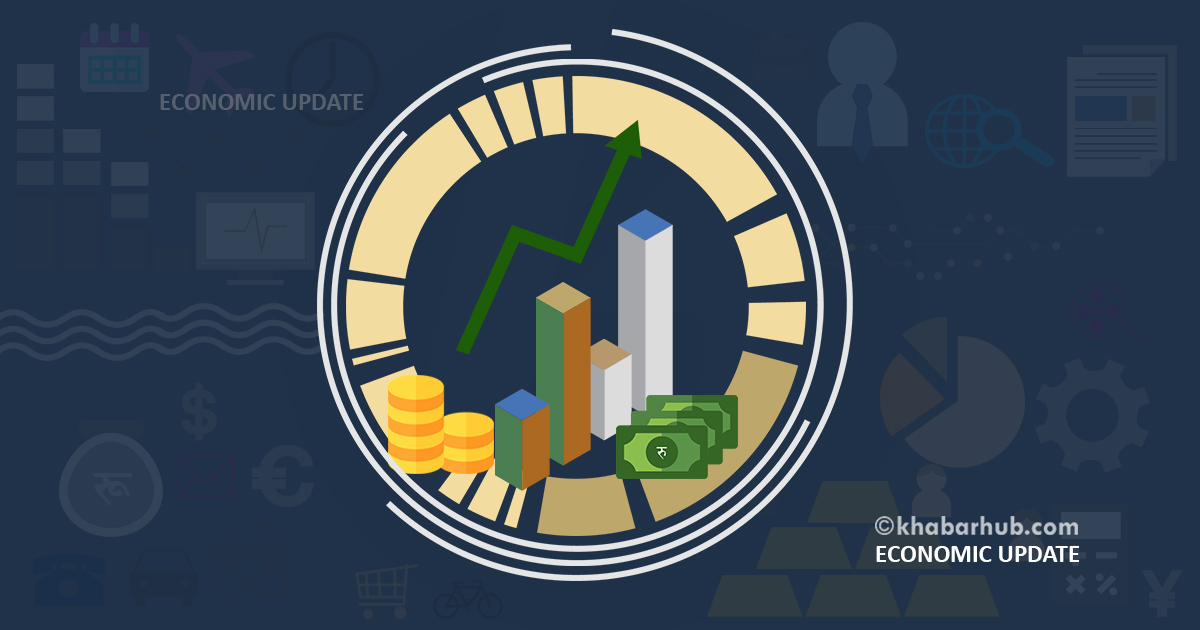
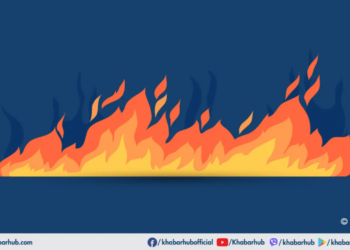
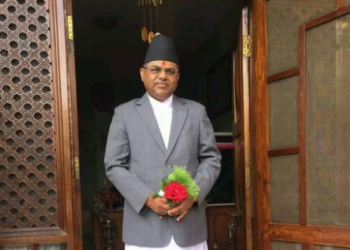

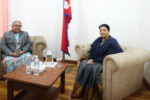
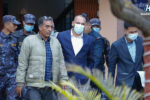

Comment